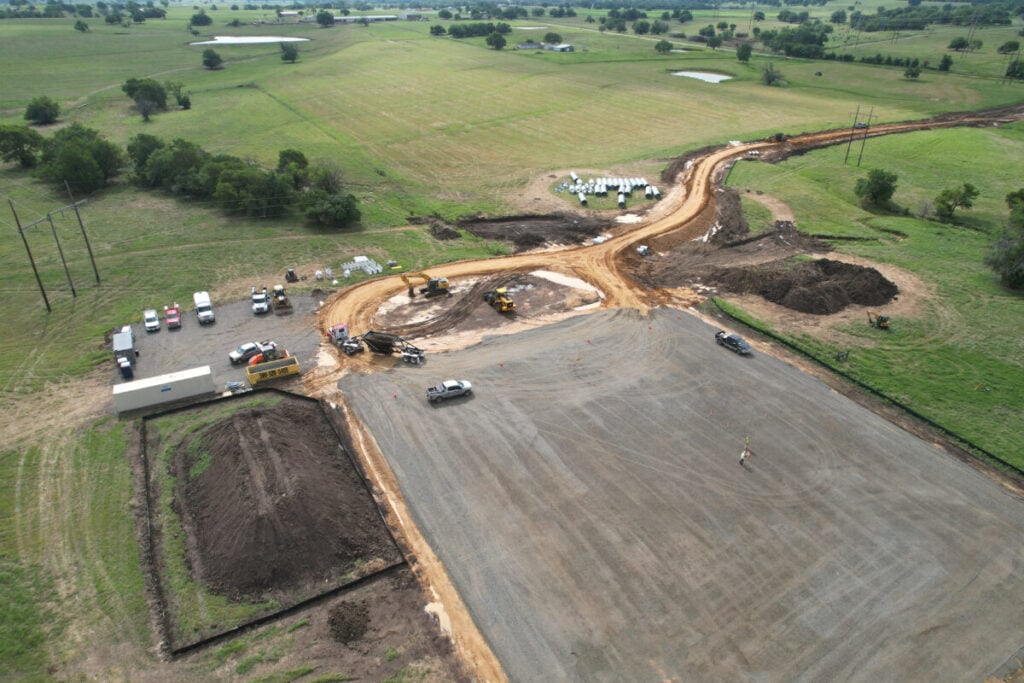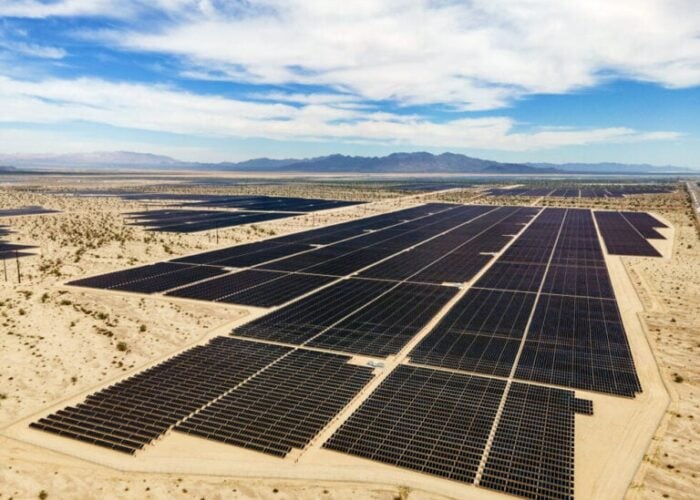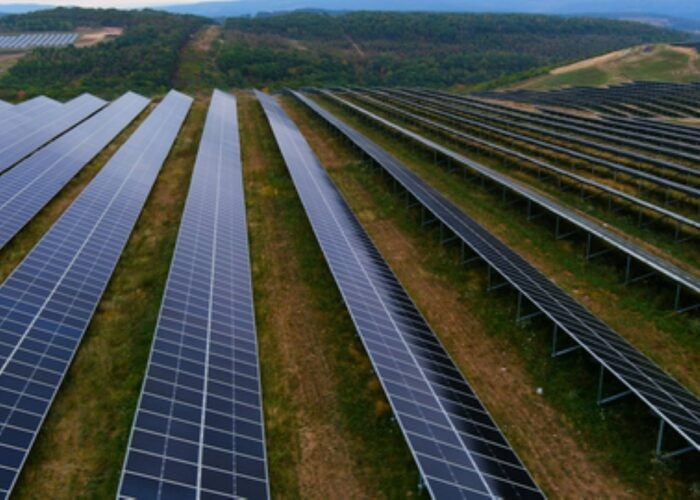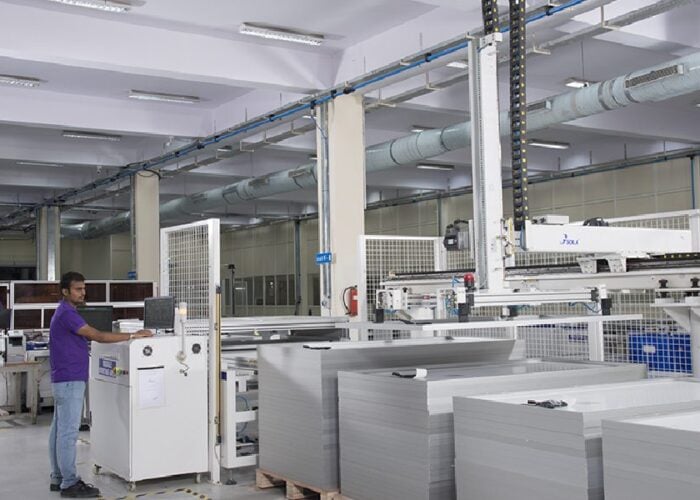
US renewable energy developer Leeward Renewable Energy has started construction at the Twelvemile 1 and 2 solar projects in Oklahoma, which have a combined capacity of 152MW.
The developer expects to start commercial operations at both projects in “early 2026”, and follows the company’s acquisition of the projects from Red River Renewable Energy. The projects form part of Leeward’s 724MW solar portfolio in Oklahoma, for which the company has already signed a long-term power purchase agreement (PPA) with technology giant Google to sell power generated at the projects.
Try Premium for just $1
- Full premium access for the first month at only $1
- Converts to an annual rate after 30 days unless cancelled
- Cancel anytime during the trial period
Premium Benefits
- Expert industry analysis and interviews
- Digital access to PV Tech Power journal
- Exclusive event discounts
Or get the full Premium subscription right away
Or continue reading this article for free
Data centres are a growing component of the global energy mix, with figures from Figures from Independent Commodity Intelligent Services (ICIS) showing that, in Europe, data centres will account for 5.7% of Europe’s electricity demand in 2035, up from 3.1% in 2024. This is alongside a near tripling of total electricity demand for data centres to 236TWh over the same period.
Earlier this year, another technology giant, Amazon, signed a similar deal, valued at US$13 billion, to support the growth of new solar projects in Australia to meet its energy demands.
“These solar projects will be the largest facilities of their type in Oklahoma once completed and will immediately help to reduce strain on the grid during peak summer hours of demand that define resource adequacy requirements,” said Aaron Zubaty, CEO of clean energy investor Eolian, one of the parent companies of Red River Renewable Energy.
“Power markets and resource supply portfolios that embrace multiple technologies can best withstand the increasing impact of severe weather events and fuel supply disruptions,” Zubaty continued. Dealing with unpredictable weather events in particular has become a priority for many solar asset managers; Solargis CEO Marcel Suri wrote a piece for PV Tech earlier this year calling for better-quality data to inform asset management decisions amid a rapidly changing climate.






